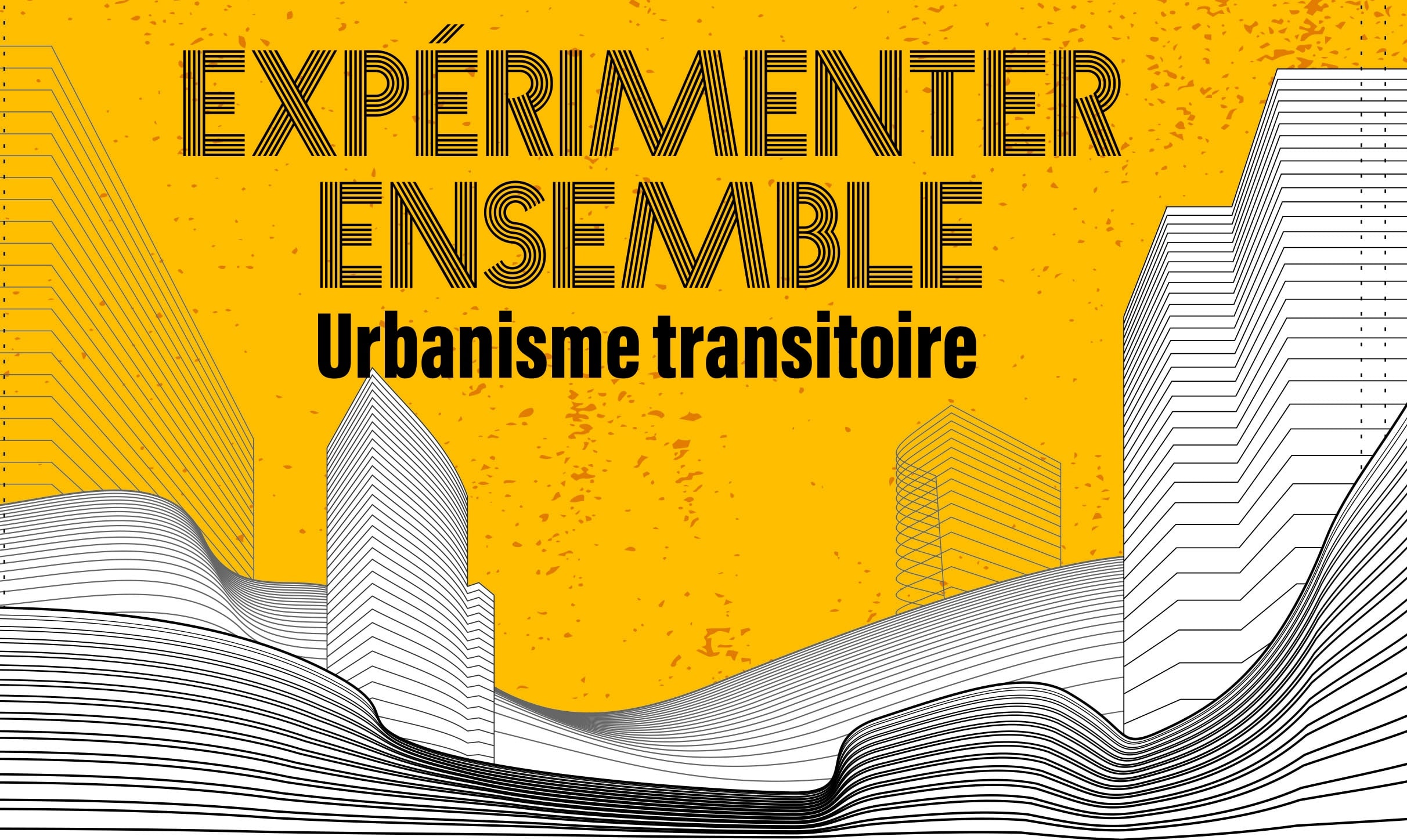courcouronnes
courcouronnes
courcouronnes
Samedi Sciences pour Tous “Sports et sciences : Le corps en mouvement”
Les Samedis Sciences pour tous ont lieu à l’Espace des Sciences et de Découverte, 10 rue du Marquis de Raies, à Évry-Courcouronnes.
Samedi Sciences pour Tous “Fête de la Nature : Fun et Flore”
Les Samedis Sciences pour tous ont lieu à l’Espace des Sciences et de Découverte, 10 rue du Marquis de Raies, à Évry-Courcouronnes.
Samedi Sciences pour Tous “Optique : Au-delà de l’illusion”
Les Samedis Sciences pour tous ont lieu à l’Espace des Sciences et de Découverte, 10 rue du Marquis de Raies, à Évry-Courcouronnes.
Samedi Sciences pour Tous “Archéologie : Lumières sur la Préhistoire”
Les Samedis Sciences pour tous ont lieu à l’Espace des Sciences et de Découverte, 10 rue du Marquis de Raies, à Évry-Courcouronnes.
Stage jeunesse “Mini-scientifique”
Les jeunes abordent différentes thématiques sous forme de jeux et d’expériences afin d’être sensibilisés à la démarche expérimentale. Ils pourront ainsi découvrir les matières et leurs changements d’états, la biodiversité qui les entoure, des notions d’astronomie ou encore de chimie.
Stage jeunesse “Construis ta base martienne”
Embarque pour la planète Mars avec ce stage autour de la thématique de l’espace et du numérique ! Les jeunes découvriront des notions liées à la planète Mars et à l’étude de la vie sur la planète rouge ainsi que la modélisation et la conception de bâtiments grâce à une imprimante 3D qui leur permettra d’imaginer et créer une maquette de base martienne.
Stage jeunesse “Volcanologue d’un jour”
Les jeunes découvrent l’origine et le fonctionnement des volcans : ils sauront tout de l’activité volcanique de la planète ! Ils étudieront les sols et les roches, aborderons les mouvements internes de la Terre et modéliseront des éruptions volcaniques. Un plongeon au centre de la Terre !
Stage jeunesse “Sur les traces des dinosaures”
Qu’est-ce que la paléontologie ? Qui sont les dinosaures et comment fait-on pour étudier les traces et fossiles qu’ils nous ont laissées ? Reconstitue un crâne de dinosaure et enquête sur leur disparition lors de ce stage qui fera de toi un.e véritable paléontologue en herbe grâce des jeux et réalisations !
Stage jeunesse “Météores et météorites”
Découvrez le projet de sciences participatives Vigie-ciel qui permet aux jeunes de reconnaître les météores et météorites ainsi que d’expliquer les origines de notre système solaire grâce à de nombreuses expériences. Les jeunes étudieront les cratères d’impact de manière expérimentale et pourront manipuler de véritables météorites !
Stage scientifique “Première Étoile”
La Première étoile permet de s’orienter sous le ciel, de préparer une observation à l’œil nu et de décrire précisément la voûte céleste. Passer sa Première étoile, c’est apprendre à utiliser des jumelles, une lunette ou un télescope et en savoir plus sur la nature des constellations, planètes, étoiles et objets du ciel profond.



